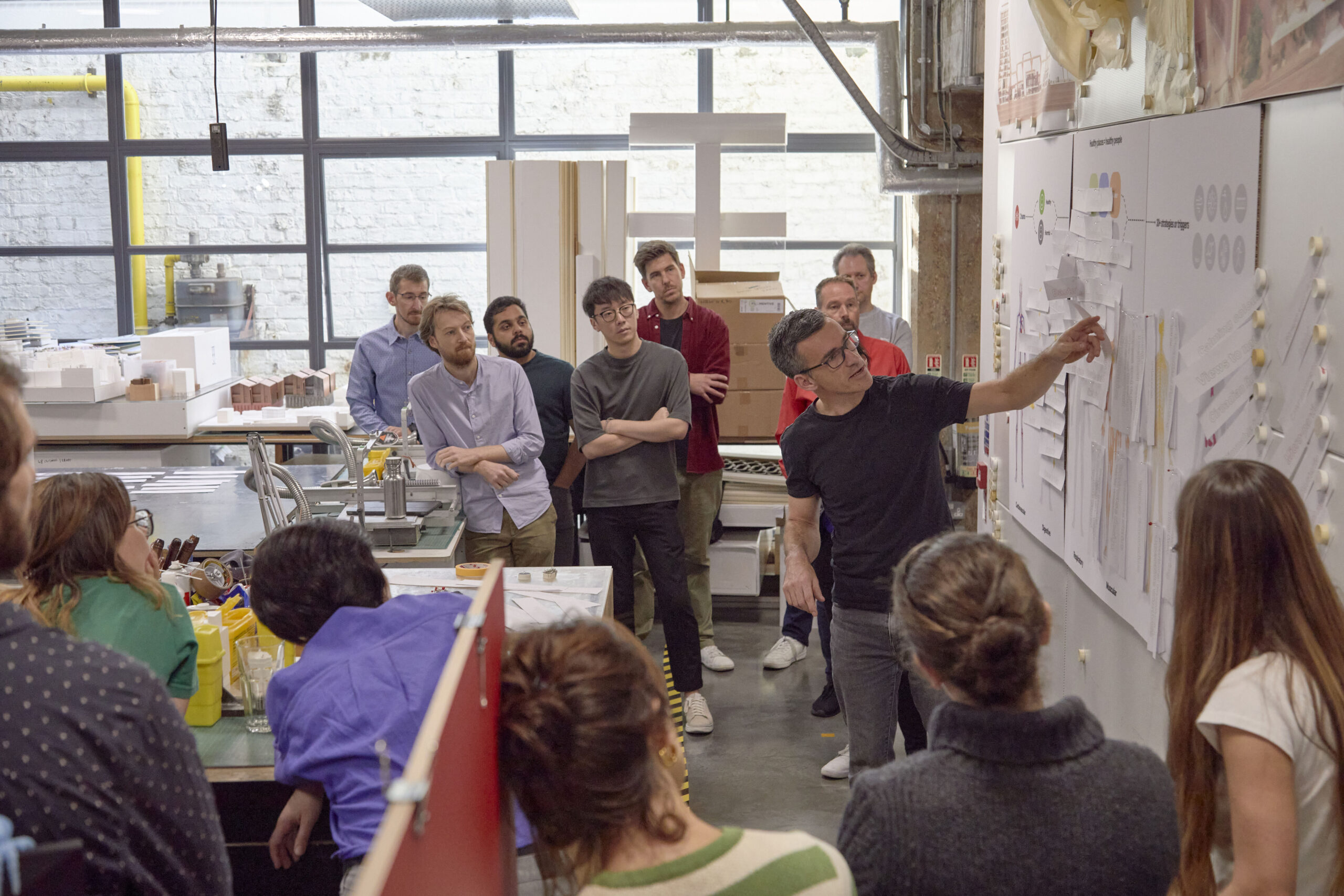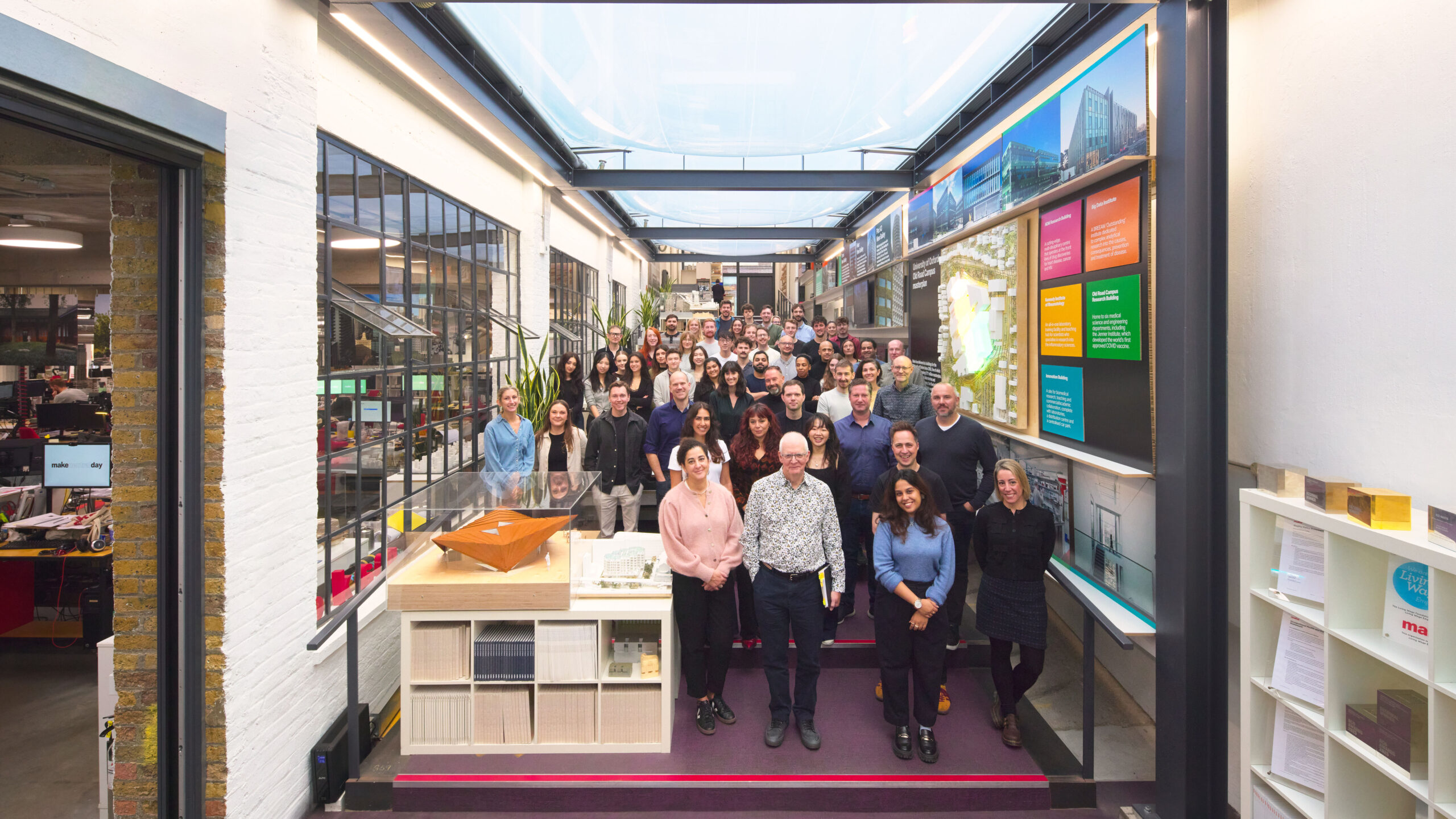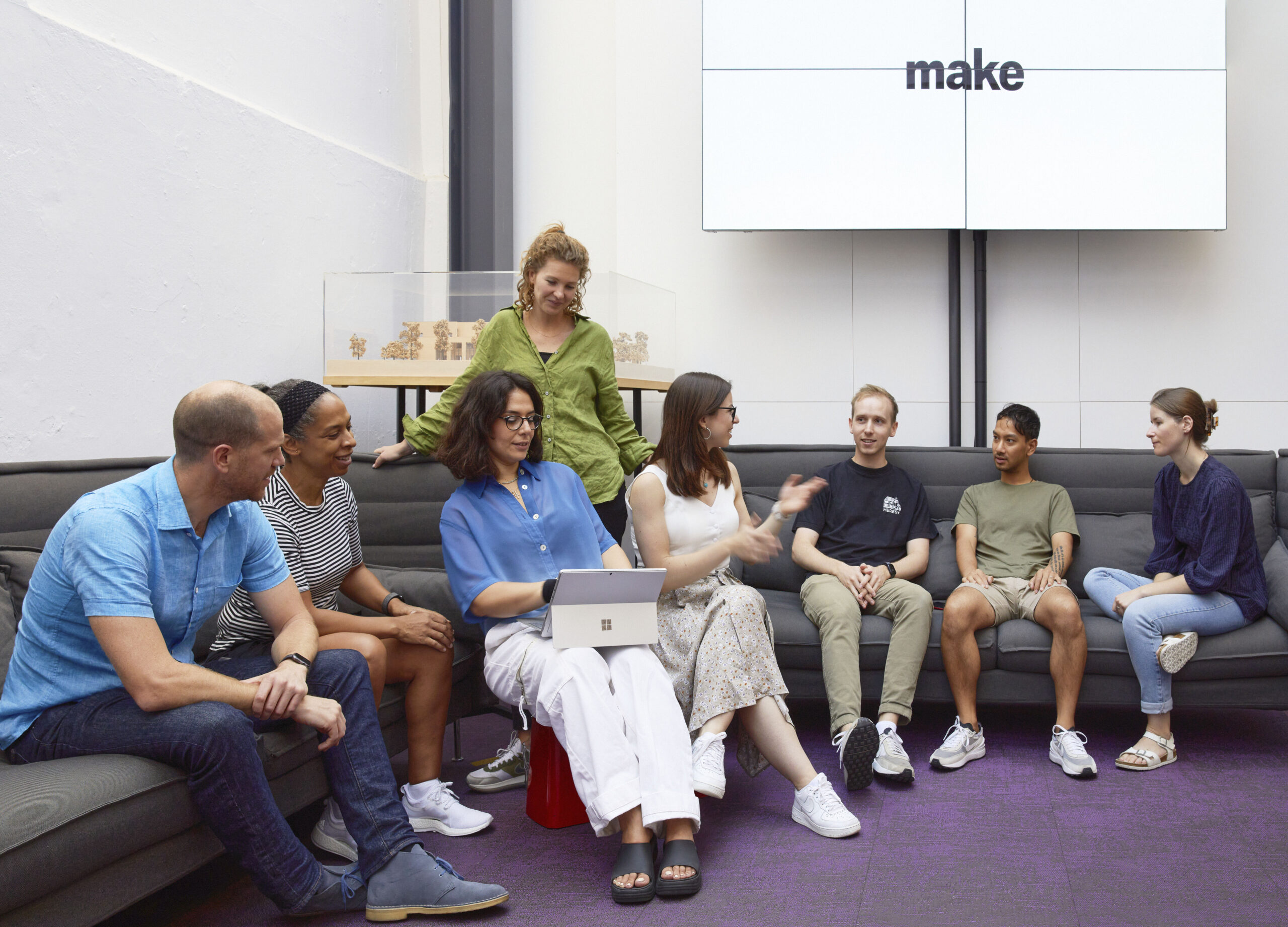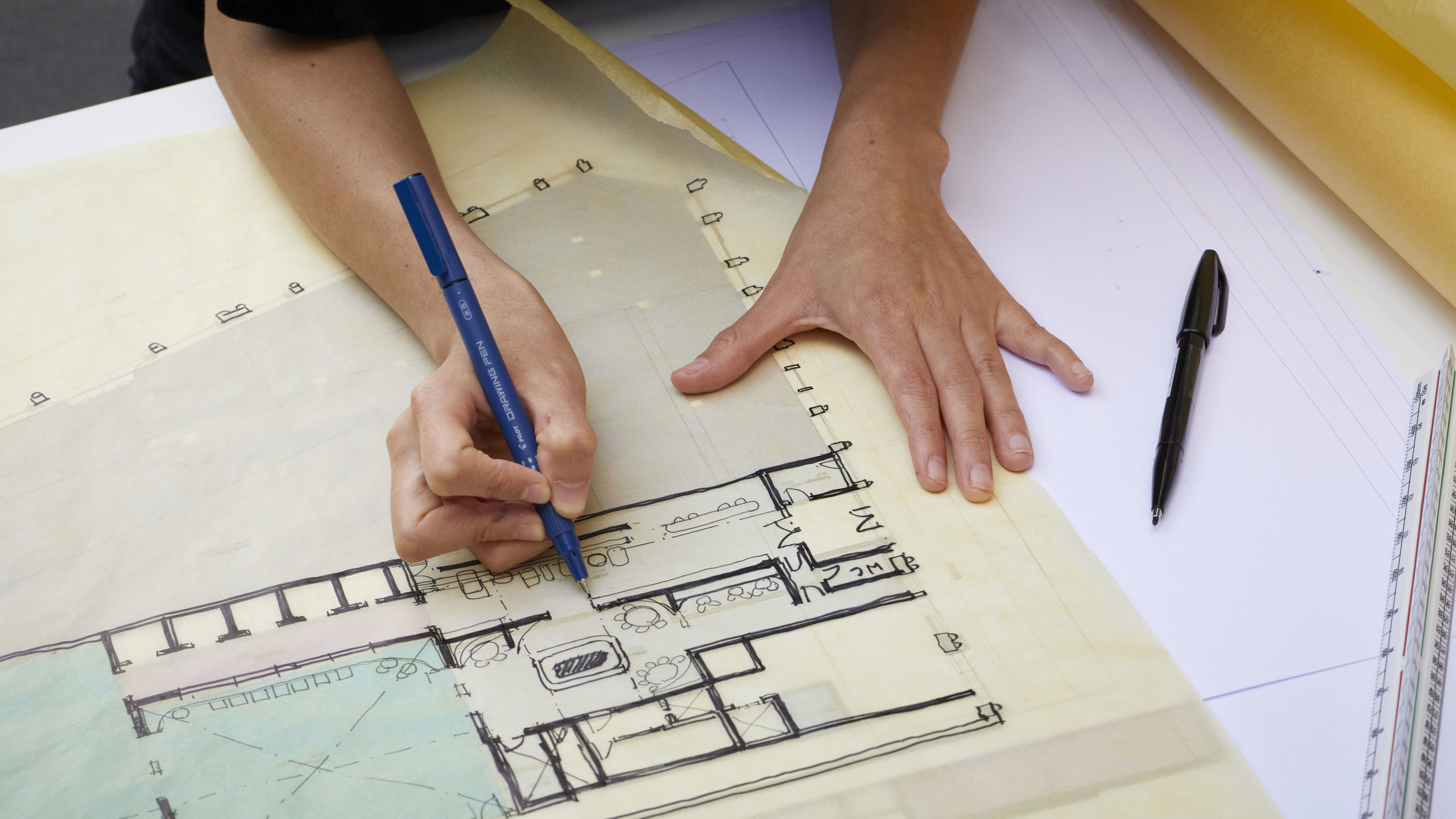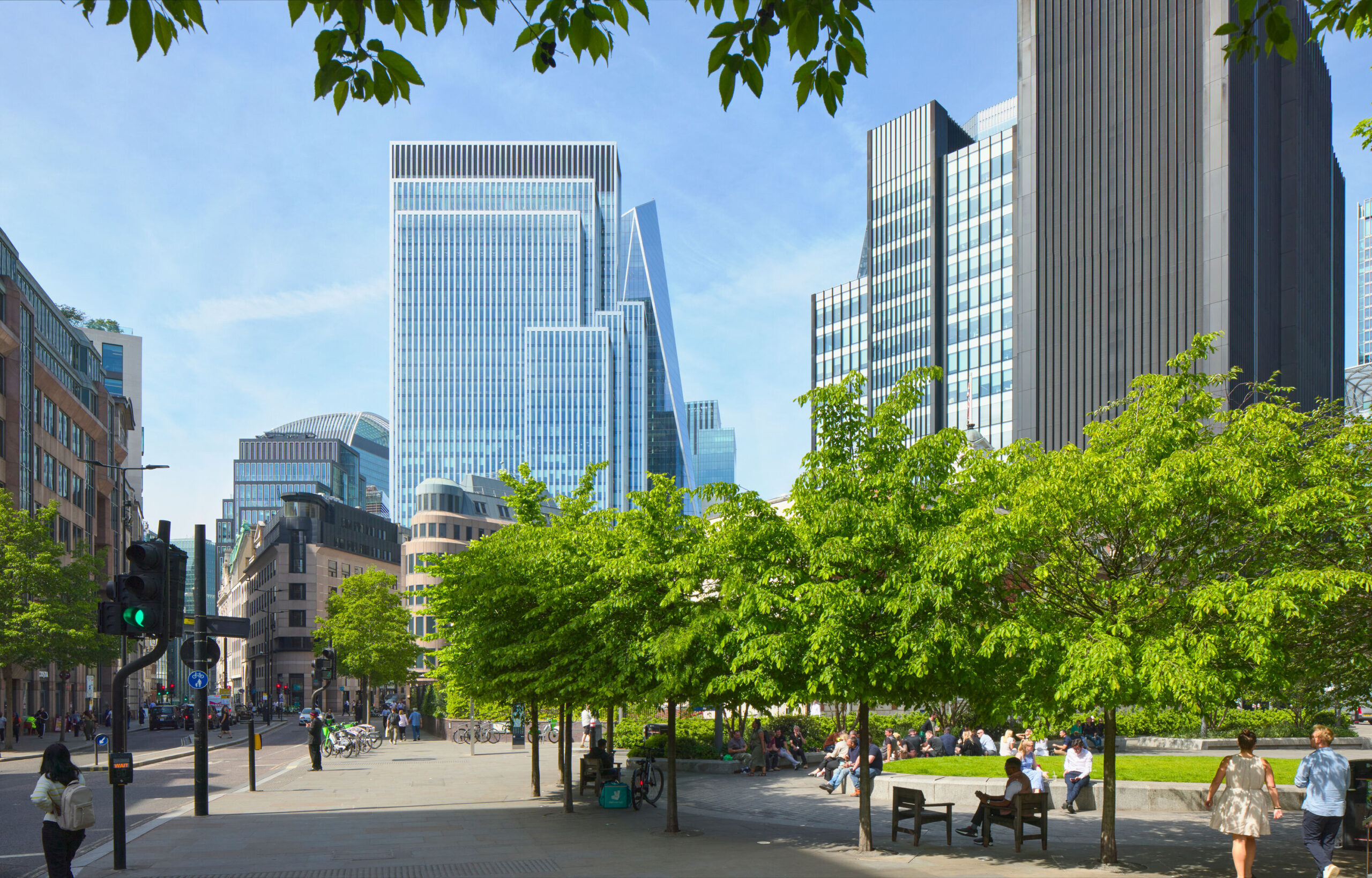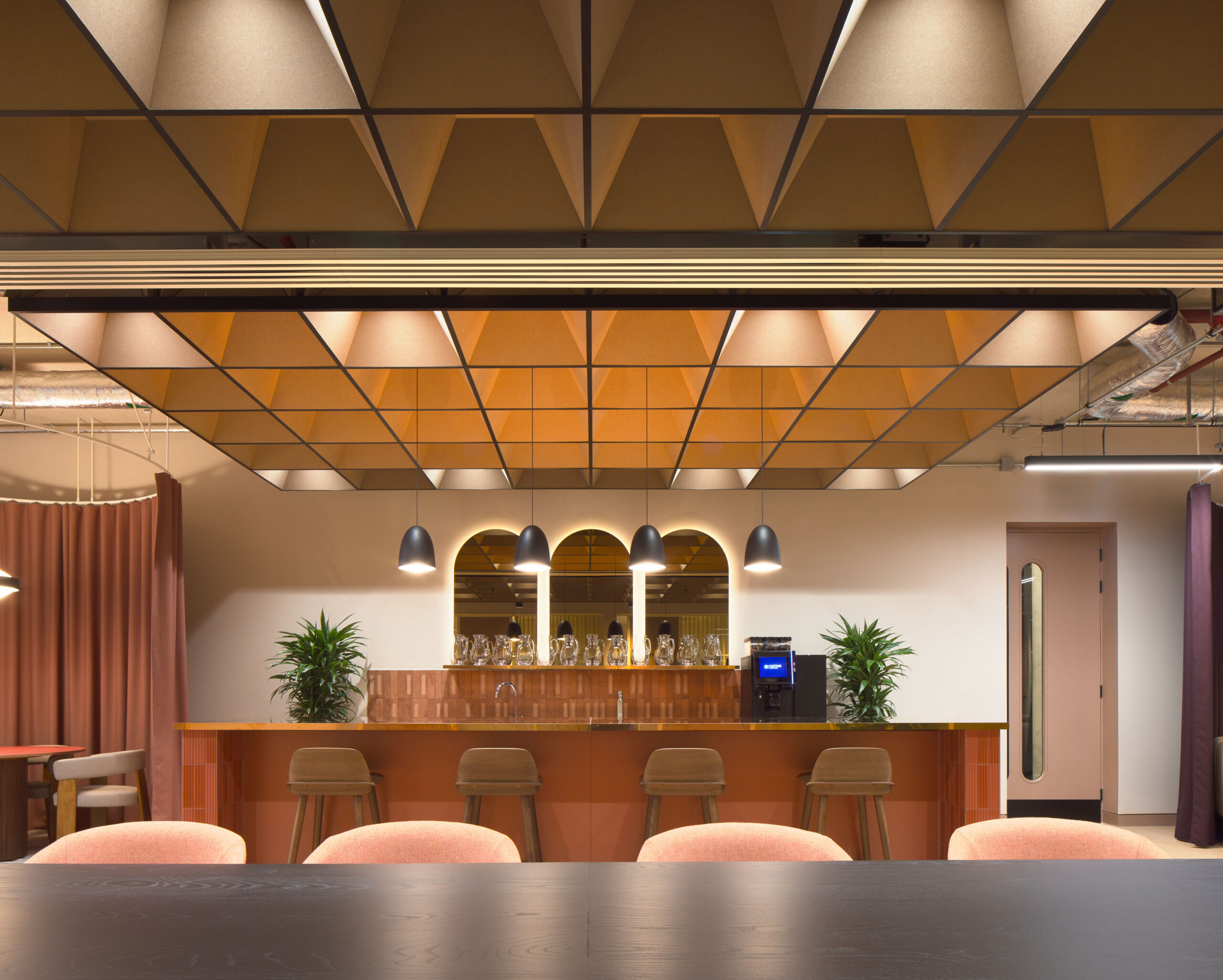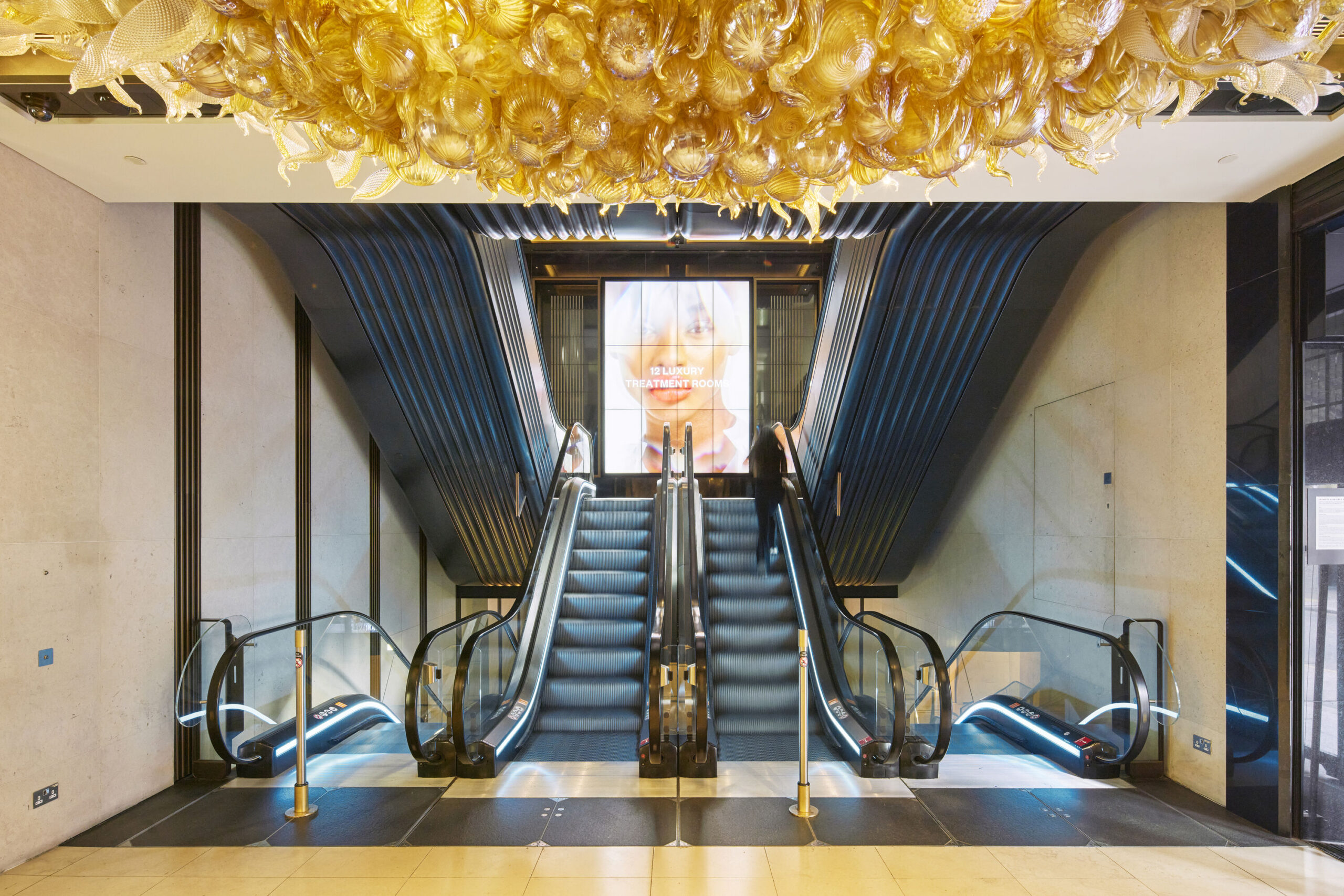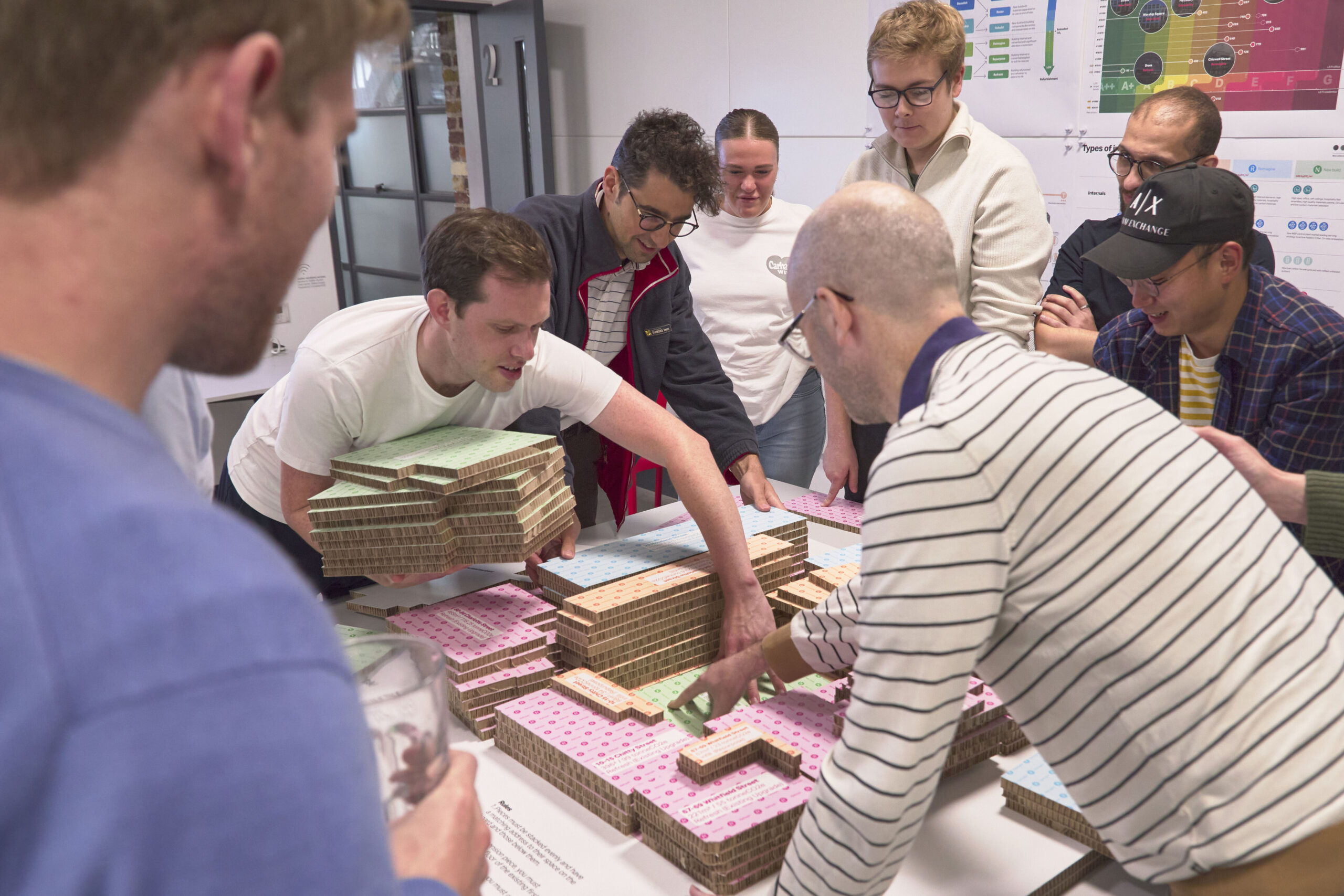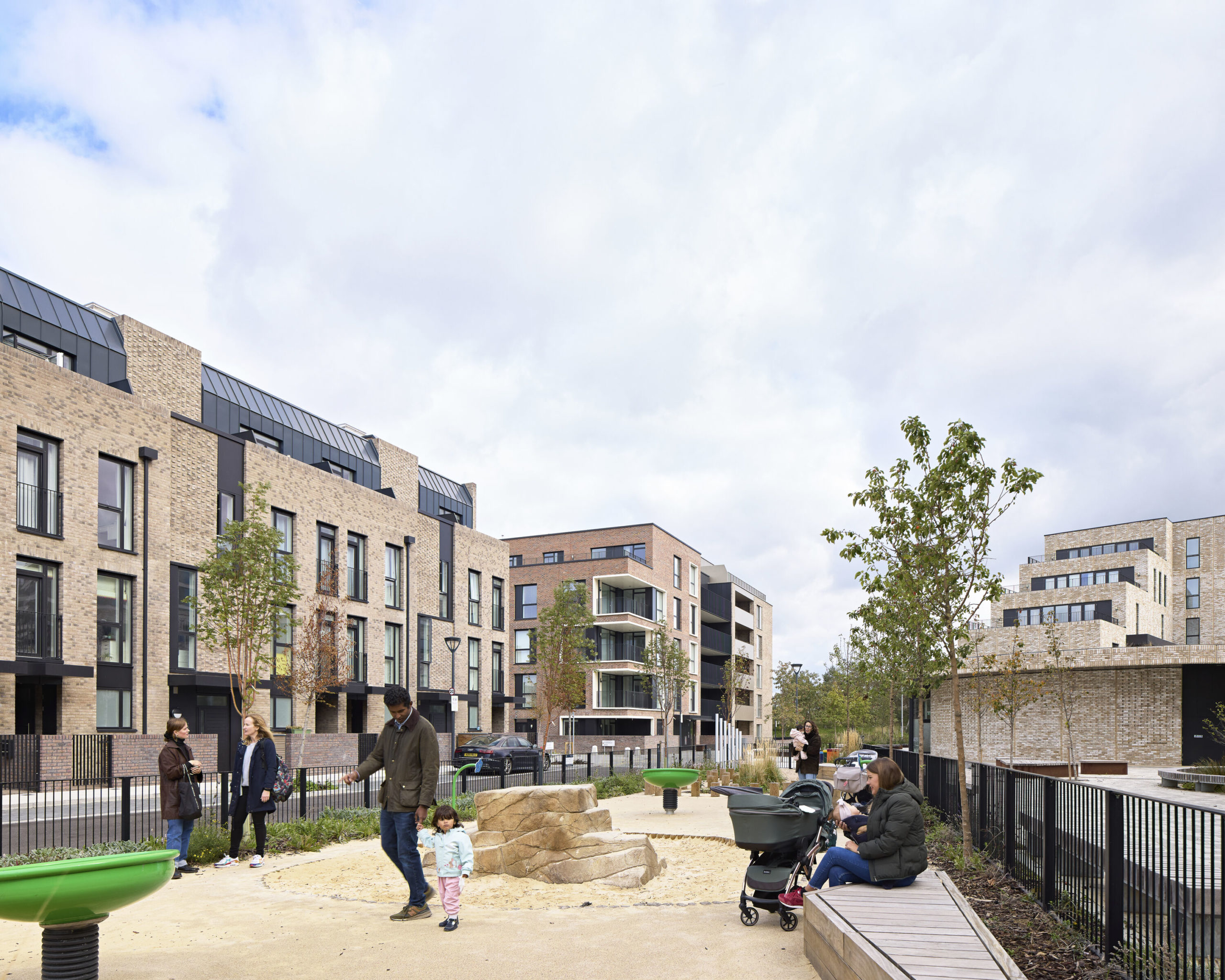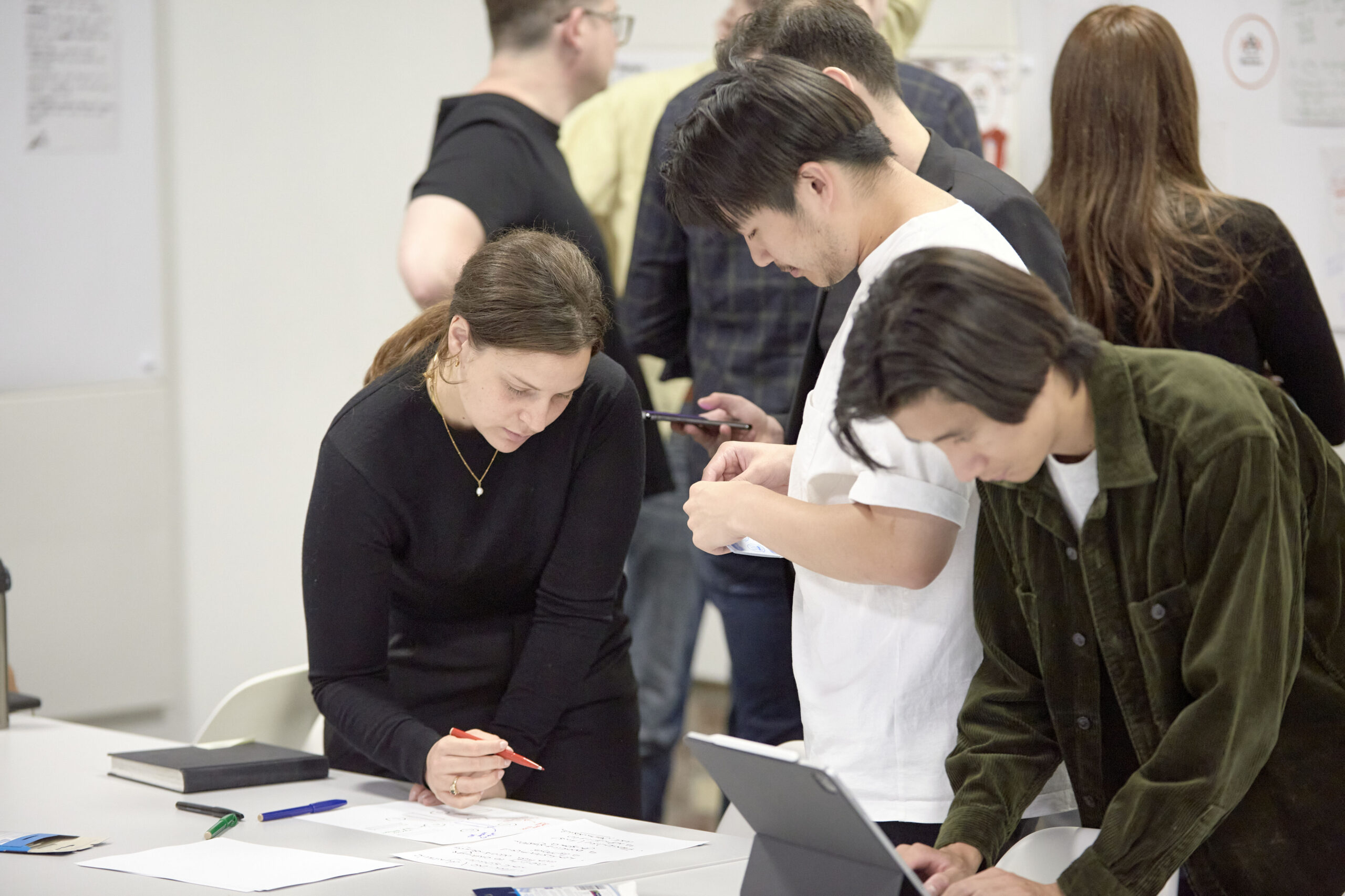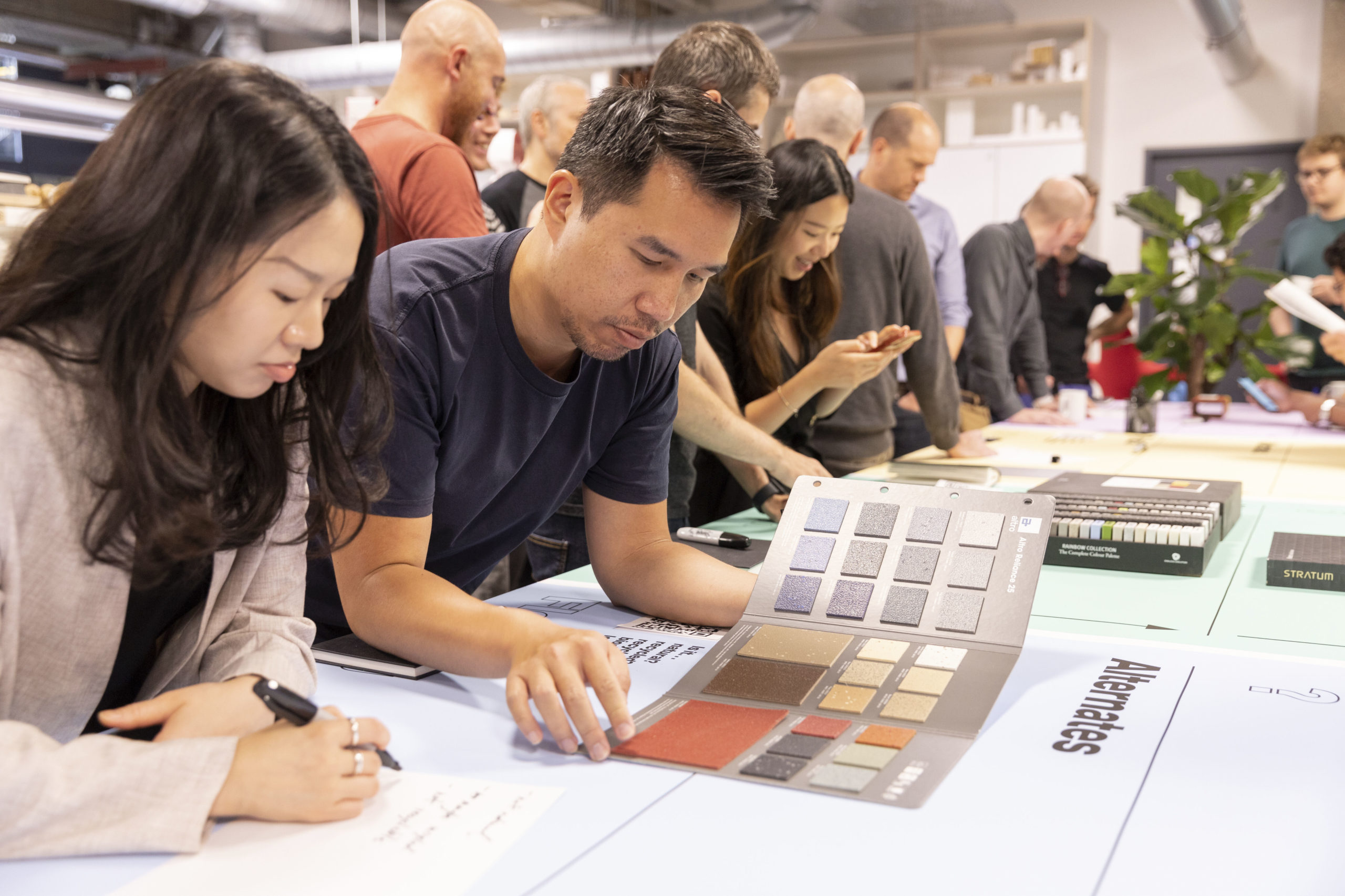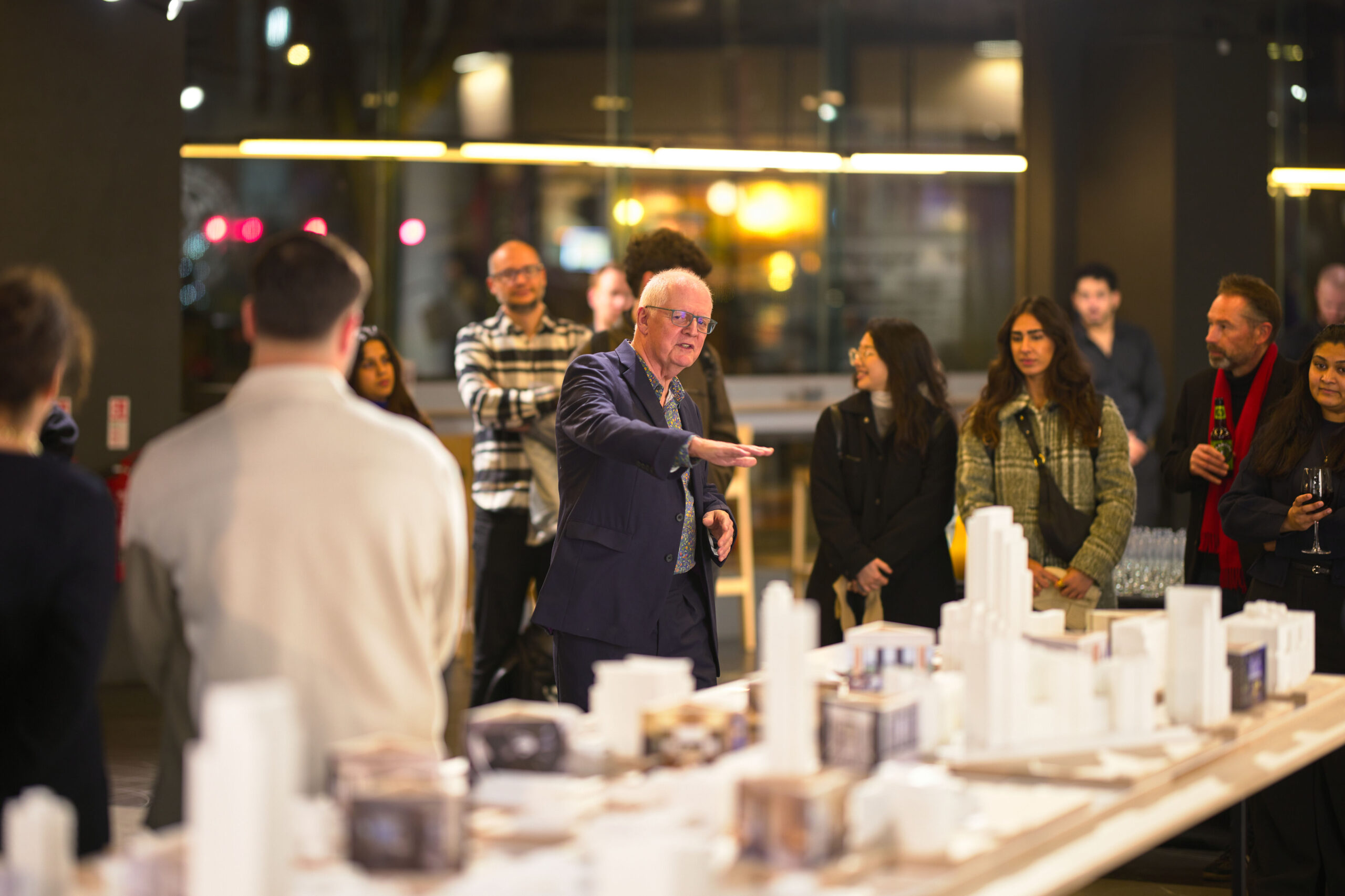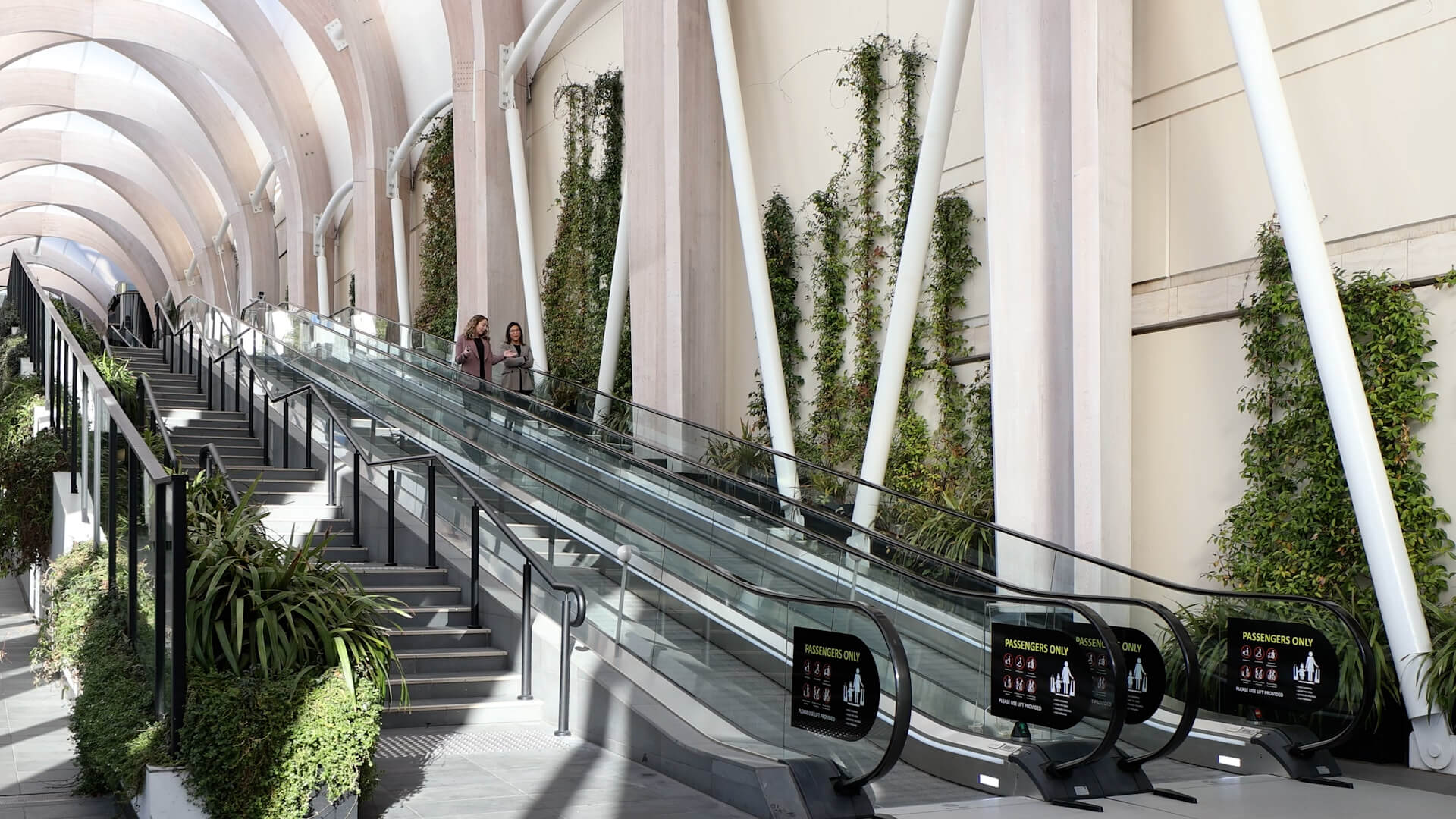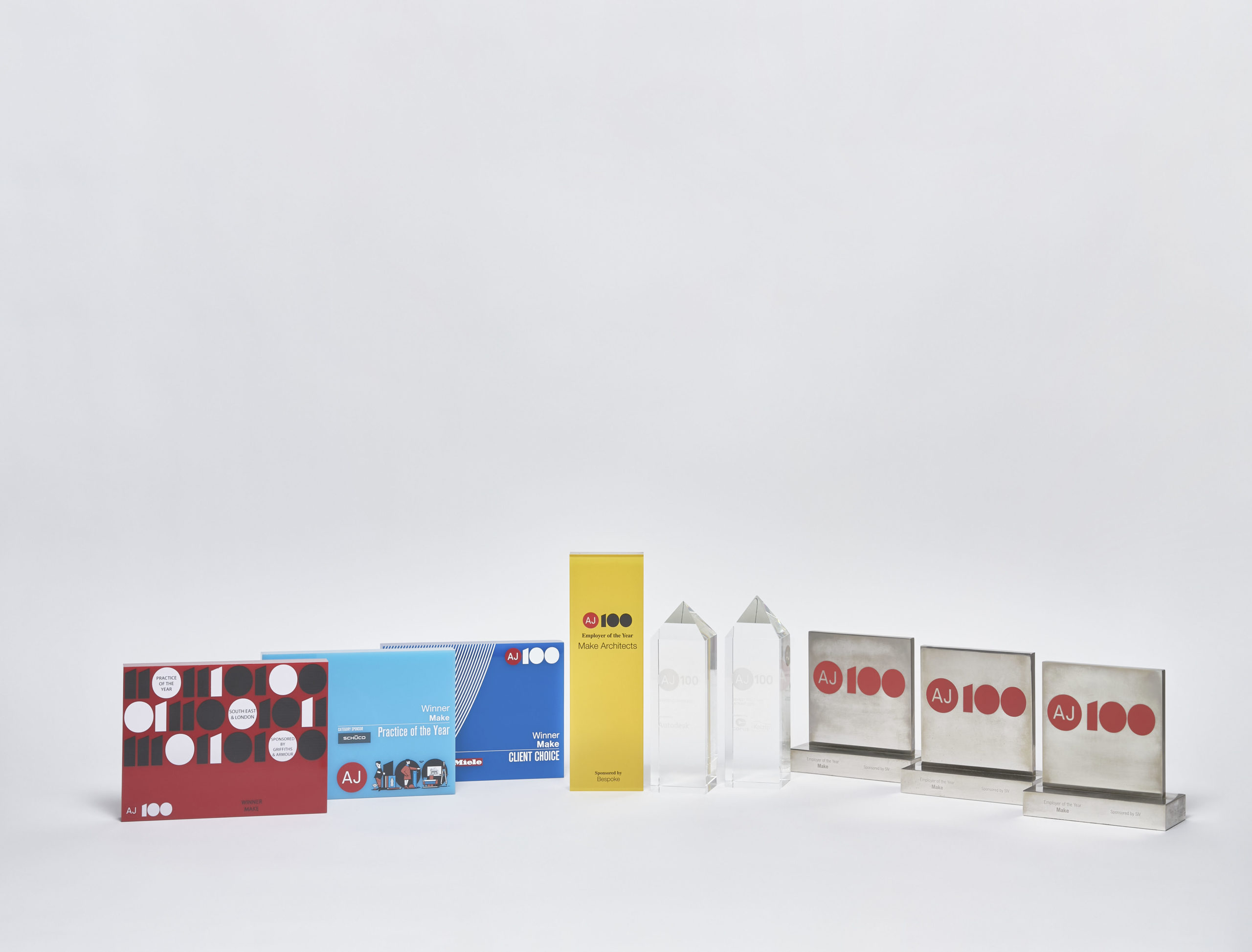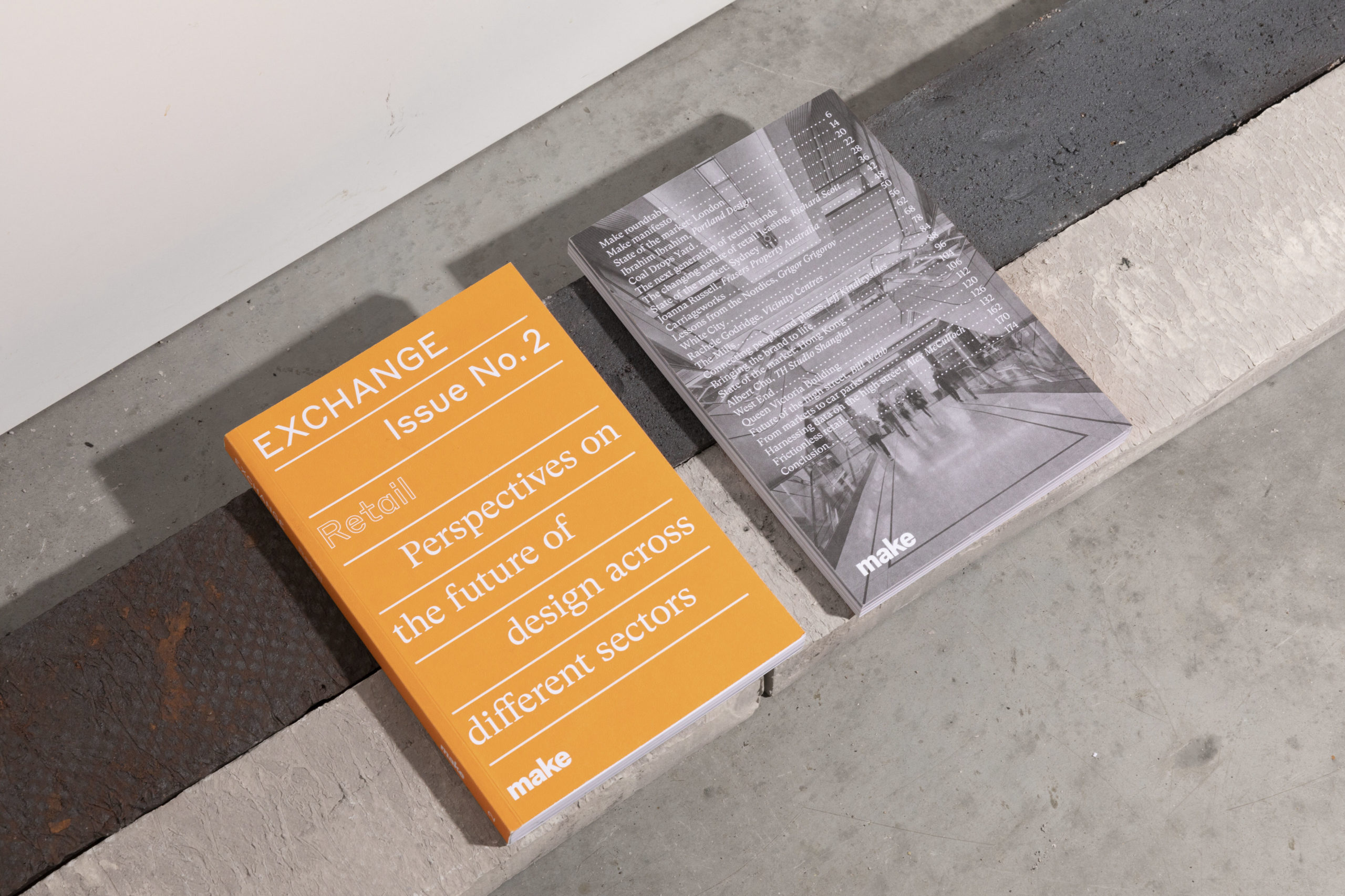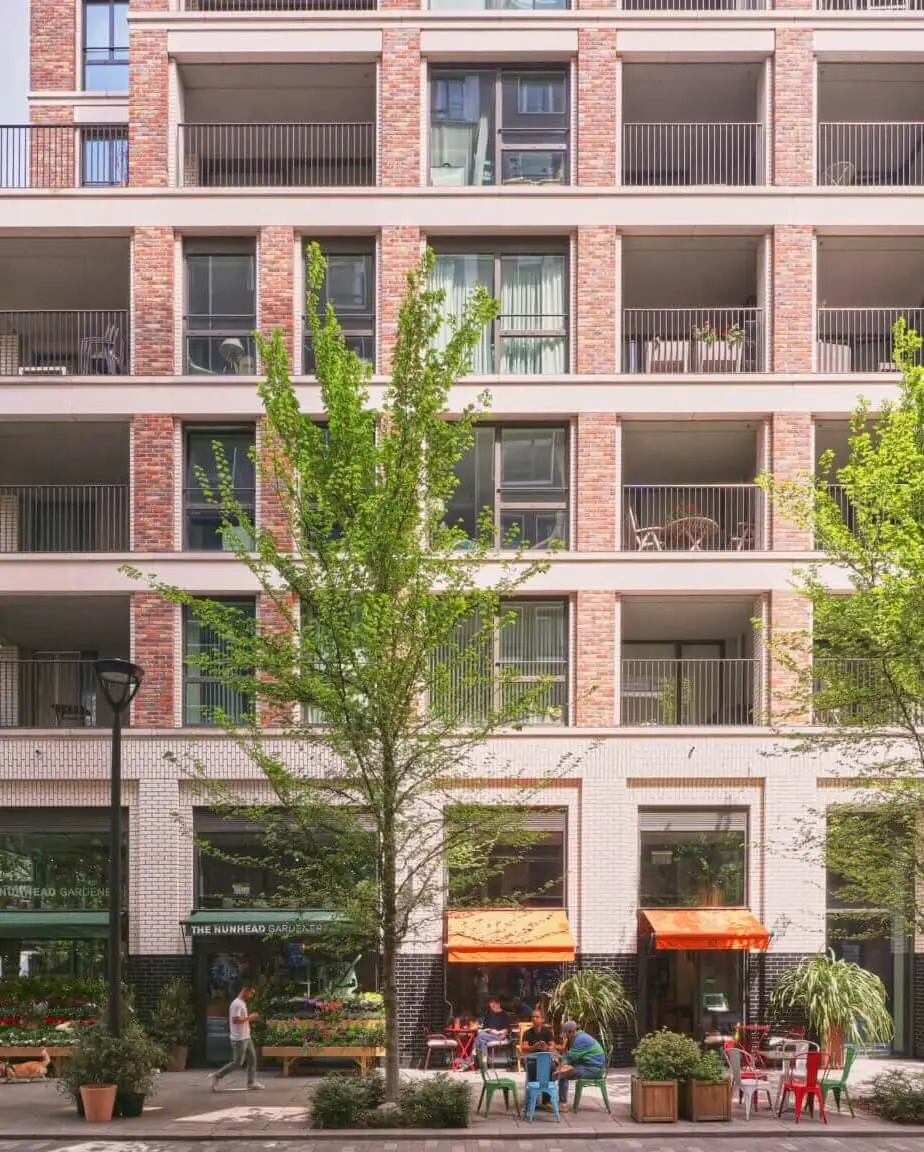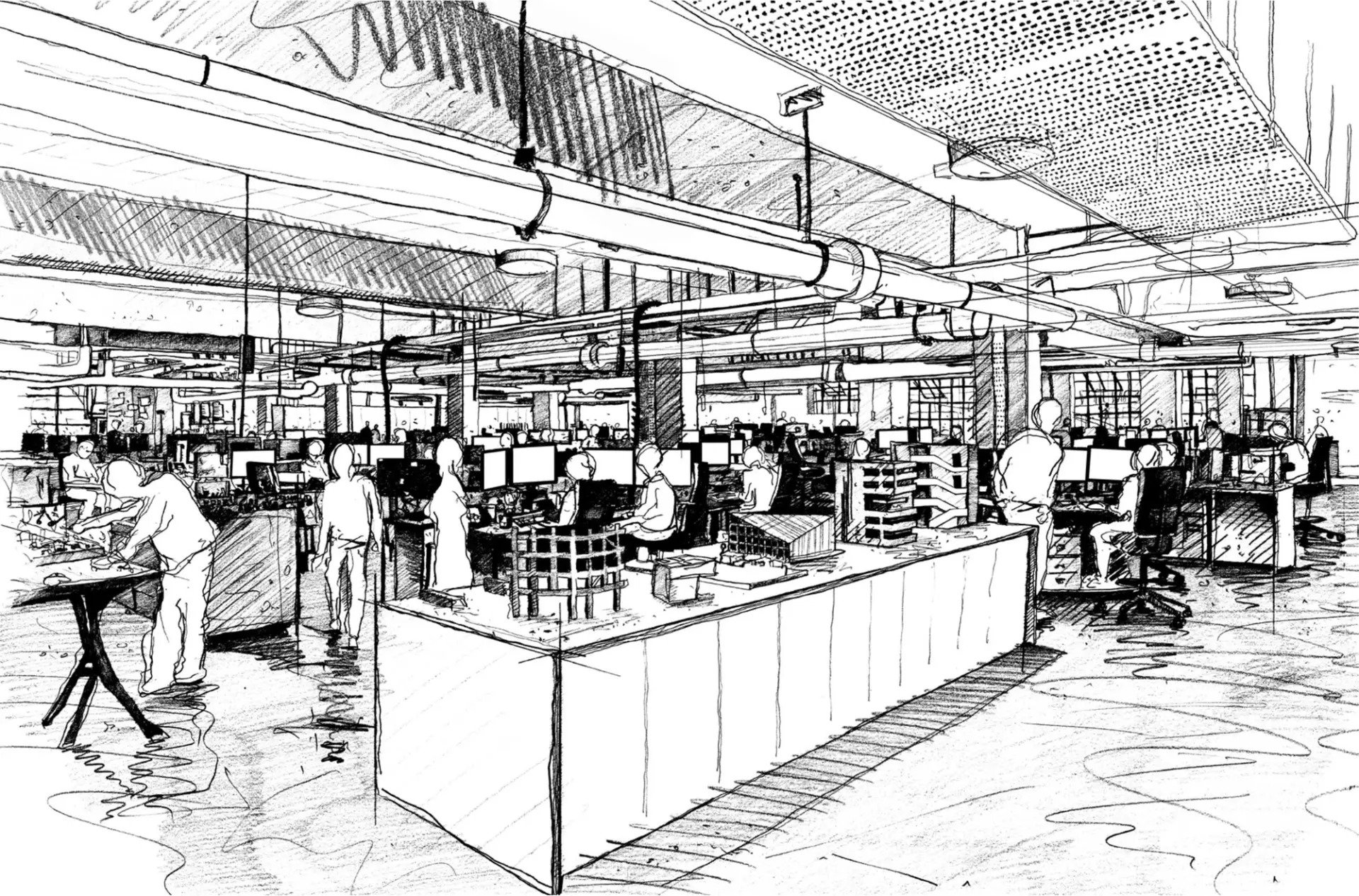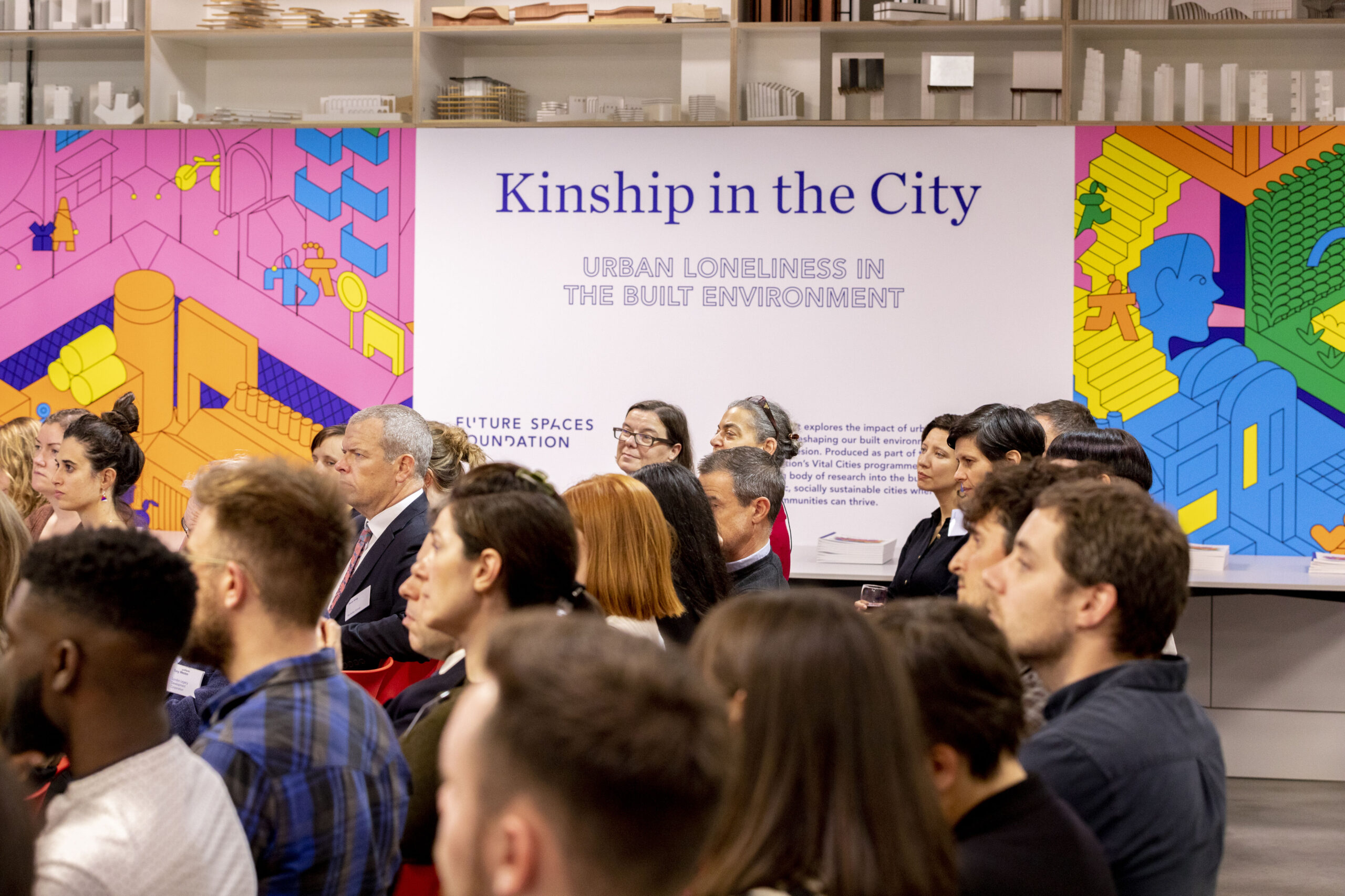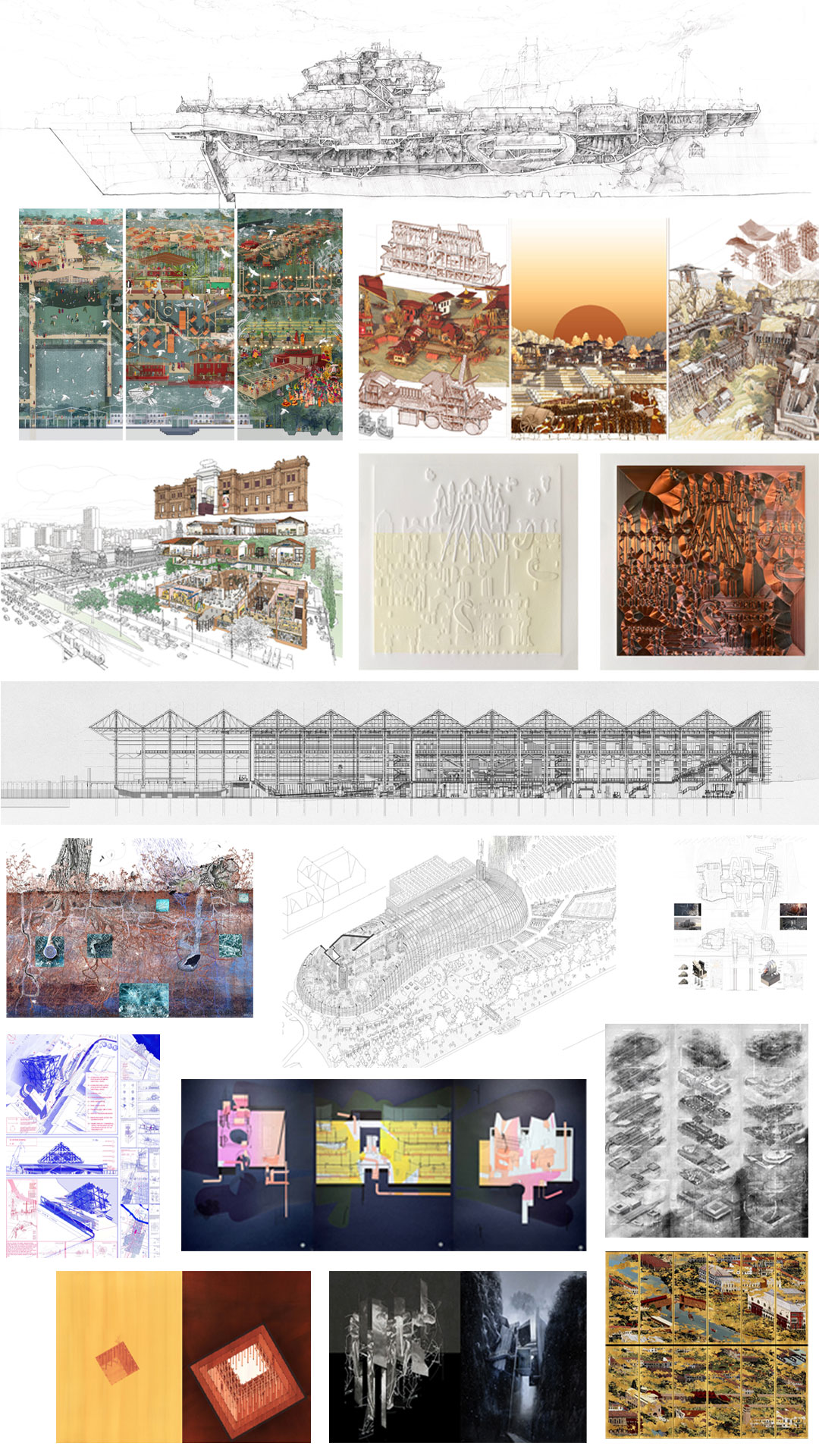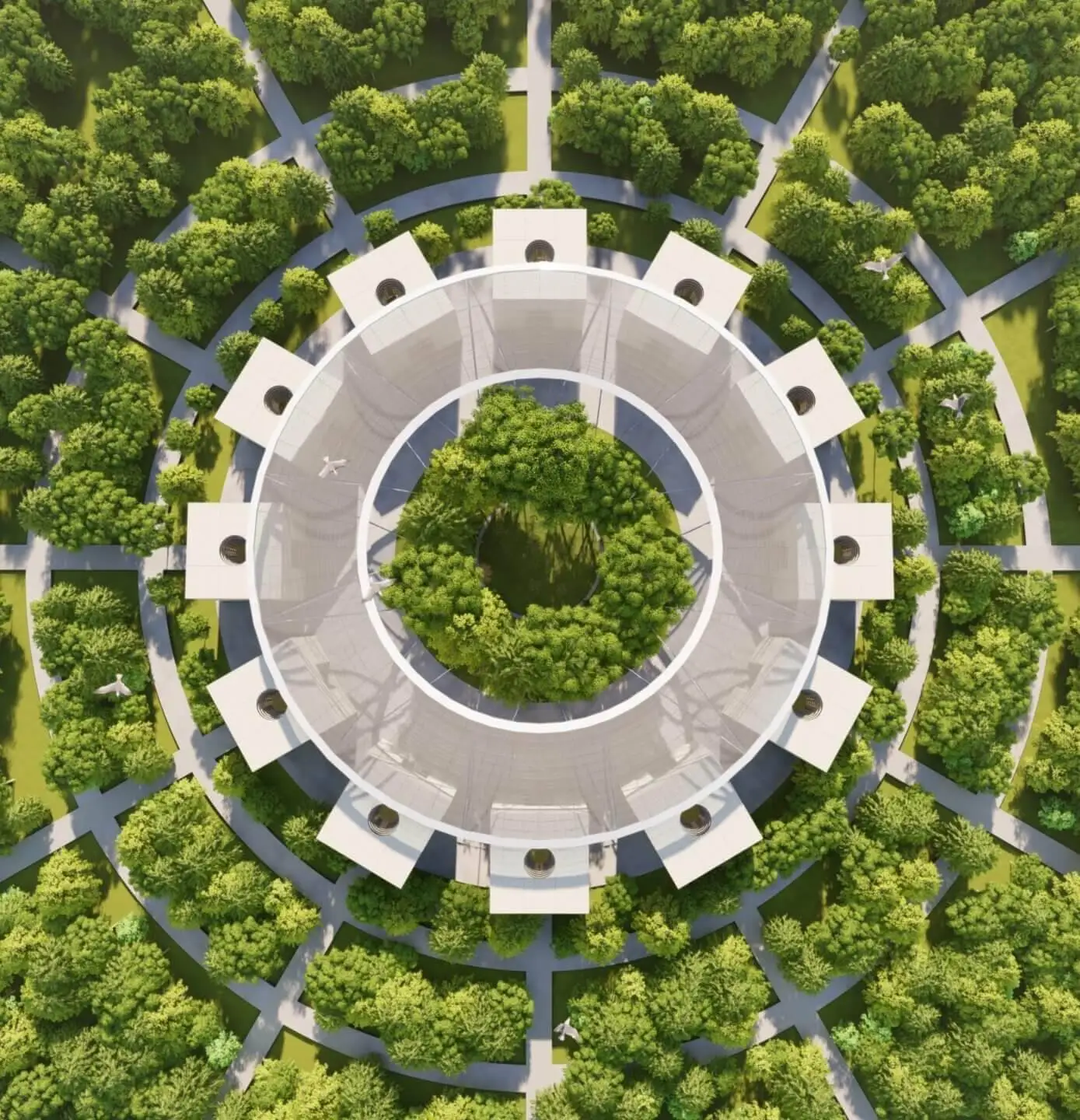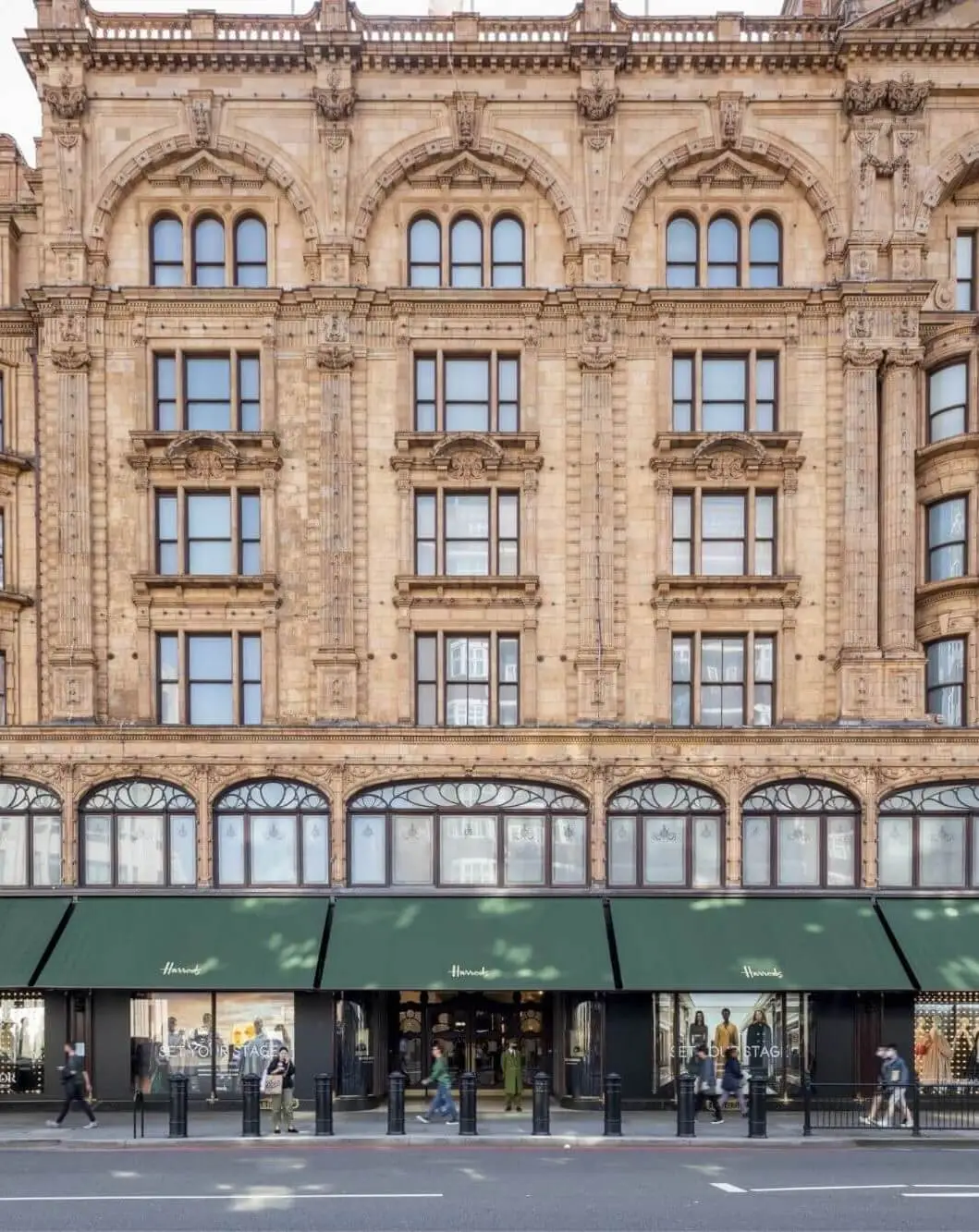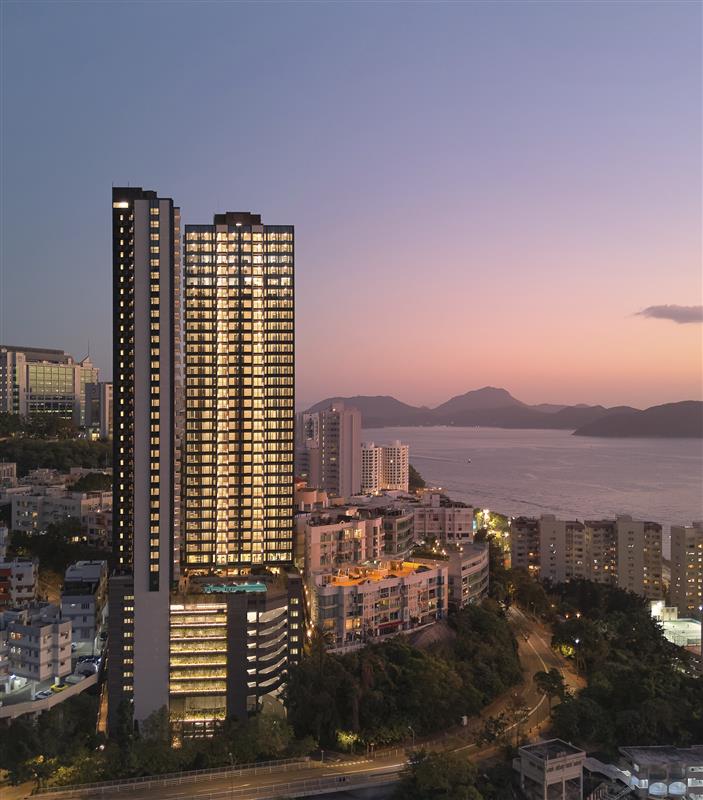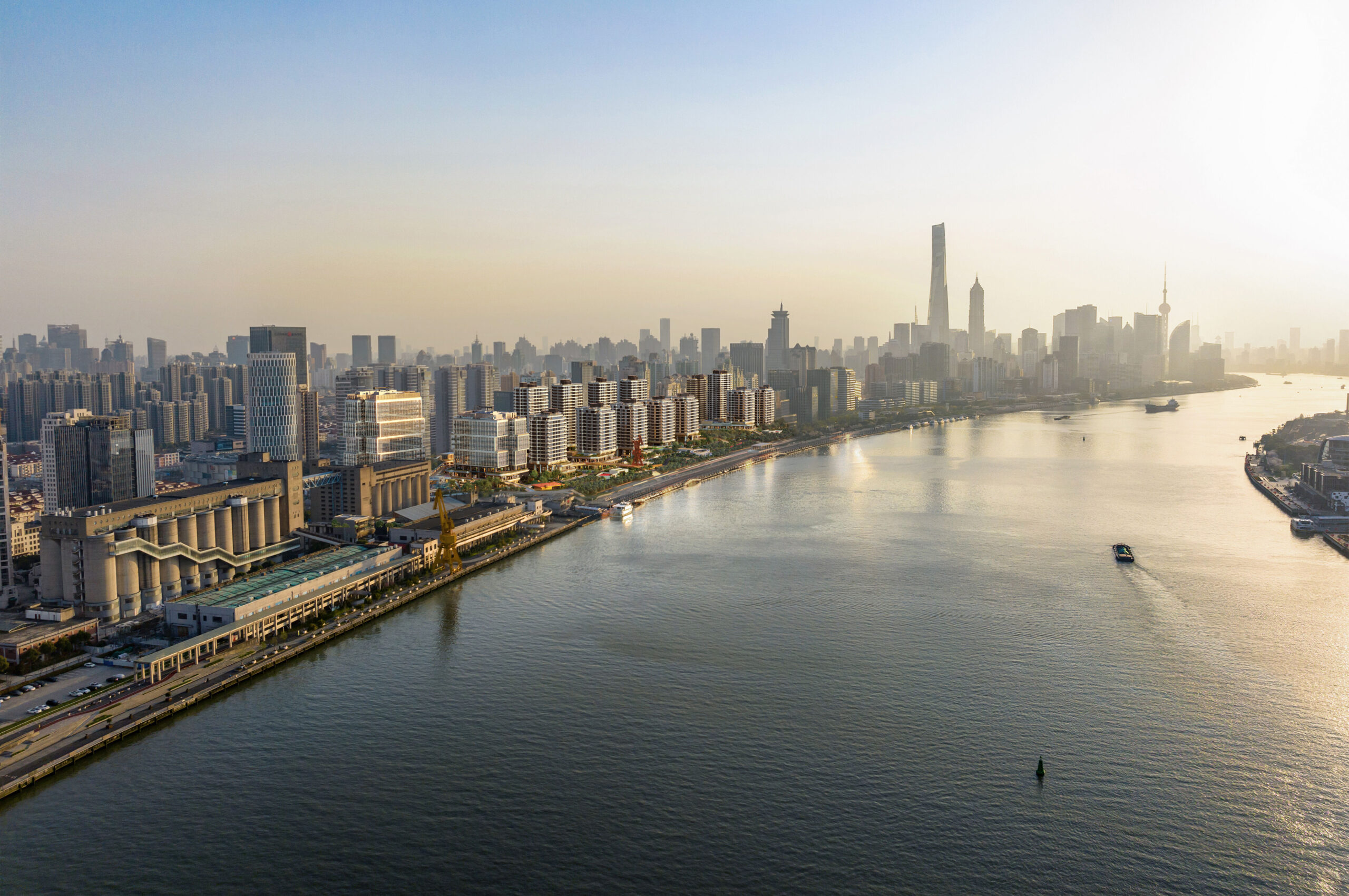

































































































































































































































































- 10 years of Taikoo Li Chengdu: Pinnacle One fit-out
- Designing for circularity: championing materials re-use at 30 Duke Street St James’s
- 10 years of Taikoo Li Chengdu: Upper House Chengdu (The Temple House)
- For What it’s Worth
- Exploring Thermal Labyrinth Ventilation Systems at the Big Data Institute, University of Oxford
- “Discovering magic in the mundane” – Q&A with Ian Hunter, Materials Council
- Salvaging for a second life: Facade reclamation at 30 Duke Street St James’s
- What is spatial psychology?
- Retrofit or Rebuild: Getting the most area for the least embodied carbon
- Winner of The Architecture Drawing Prize 2023: an interview with Eldry John Infante
- Developing in the City: New Build vs Retrofit
- Transforming Cityscapes with the Power of Nature
- Making luxury circular: rethinking re-use in retail fit-outs
- Is it mean to cut down trees?
- “Drawing as a method of dialogical design” – an interview with Eugene Tan
- “I’m interested in intricate and intimate architecture that directly affects people.” – Samira
- Refresh, repurpose, reimagine: Our approach to retrofit
- Developing in the City: New Build vs Retrofit Part 2
- Make models: Carlisle Health and Wellbeing Centre
- AI integration at Make: shaping the future of architecture
- Optimising the value of build-to-rent
- Tall buildings photo essay
- Reflections on Make Neutral Day 2024: Part 2
- Is it green to cut down trees?
- Make models: Station Row section model
- Make models: Drum
- Make models: Milton Avenue/Station Row
- Reflections on Make Neutral Day 2024: Part 1
- Defining a sustainable workplace – the BCO’s climate emergency challenge
- Discussing exhibitions with Dr Erin McKellar, Assistant Curator (Exhibitions), Sir John Soane’s Museum
- “Spirit is pure, so that’s what I feel here.” – Aunty Margret
- Hydrogen: Solution or ‘Techcrastination’?
- Carbon goggles: looking for facades of the future by reflecting on facades of our past
- Winning the 2022 Architecture Drawing Prize
- Variety in urban living: setting the scene
- Make models: Salford Rise
- Variety in urban living: the challenges and opportunities
- Make models: Seymour Centre
- Wilding the City
- Make models: 20 and 22 Ropemaker Street gift models
- Variety in urban living: innovation is key
- Reflections on Make Neutral Day 2023: Part 1
- Designing Regenerative Travel
- Make models: Jersey South Hill
- World Heritage Day 2023 Photo Essay
- Reflections on Make Neutral Day 2023: Part 2
- “Let’s do something a bit different”
- A deep dive into an amazing ‘Wunderkammer’
- Make models: shopping centre competition facade
- “My first subject was a house. From then on, I started developing my drawing skills.”
- The Spirit of Mountain
- Make models: Brookfield Place Sydney
- Make models: community library model
- Q&A with Maker Michelle Evans, project lead on Capella Sydney
- Challenging structural conventions at 80 Charlotte Street
- The power of creativity and experimentation
- Hyperlocal retail post-Covid
- Architectural Drawing: From Soane’s Time to Today
- New business models for a different retail future
- Internet shopping and the effect on cities
- The value of outreach – reflecting on our school engagement with RIBA Architecture Ambassadors
- Pink light veggies
- “I’ve wanted to be an architect since I was four years old.”
- “I’m learning that architectural designs will need to work in the real world.”
- The town centre in five years’ time: Community [1/3]
- Make–ReMake
- Embodied carbon of transportation
- From listed buildings to 21st-century schools [2/2]
- Drawing Sydney
- Inspired by “art built” – an interview with Marc Brousse
- Embodied carbon in curtain walls
- Reducing embodied carbon isn’t all about materials
- “Tall buildings mesmerise me.”
- Make models: metal etching
- “I’m the first one in my family pursuing architecture.”
- “What can you see behind this building?” – an interview with Fe
- My next getaway
- The town centre in five years’ time: Wellbeing [2/3]
- Make models: 80 Charlotte Street
- Living Architecture: Urban Forest
- “I want to build things that will explore new depths of the sea.”
- Upfront carbon: how good is good enough?
- The town centre in five years’ time: For everyone [3/3]
- Winner of The Architecture Drawing Prize 2020 – an interview with Clement Laurencio
- Restoring Hornsey Town Hall’s clocks
- A Proposed Hierarchy for Embodied Carbon Reduction in Facades
- From listed buildings to 21st-century schools [1/2]
- Comparing embodied carbon in facade systems
- Building Natural Connections with Energy, People, Buildings
- Bridging the gap
- Designing in the wake of coronavirus
- Living employment
- Atlas – Tech City statement
- Four ways residential design might change after COVID-19
- Post COVID-19 – What’s next for higher education design?
- Inspiring Girls
- Stephen Wiltshire
- The future of retail and workplace
- Make models: The Cube
- International Women’s Day 2020
- Architectural Drawing: States of Becoming
- One Make
- Post-COVID
- The Architecture Drawing Prize exhibition reviewed
- ‘Architecture in the frame’ – London Art Fair
- A Hong Kong perspective on a post COVID-19 society
- Chadstone Link: Making new connections
- Improving social ties in our cities
- Design narratives and community bonds
- Behind the scenes at the 2019 World Architecture Festival
- Drawing on the culture that makes the buildings
- Future modelmakers 2020
- The City is Yours
- After coronavirus, how can we accelerate change in workplace design to improve connection and wellbeing?
- The Madison model by Theodore Polwarth
- Q&A with our student modelmakers: Theodore Polwarth
- The Teaching and Learning Building model by James Picot
- Q&A with our student modelmakers: James Picot
- Pablo Bronstein
- The Big Data Institute model by Finlay Whitfield
- Q&A with our student modelmakers: Finlay Whitfield
- Encouraging spaces of conviviality
- The importance and passion of heritage in the built environment
- No show, so what next?
- Choosing architectural modelmaking
- World Heritage Day 2020
- Make models: Agora Budapest
- Drawing in Architecture
- Draw in order to see
- Project delivery at 80 Charlotte Street
- Our commitment to sustainable design
- Asta House – Local living in Fitzrovia
- Make models: Chadstone Link
- Transparency and a sense of investment
- Langlands and Bell – Observing and Observed
- Telling Stories: The power of drawing to change our cities
- Musings on The Architecture Drawing Prize 2020
- What role will hotels play in our society after COVID?
- Sketchbooks: draw like nobody’s watching
- Honest, in-depth learning
- Museum for Architectural Drawing, Berlin
- Make models: 20 Ropemaker Street, part 2
- The value of the drawing
- The hand does not draw superfluous things
- Balance
- Prized hand-drawings return a building to an organically conceived whole
- Draw to Make
- Drawing details – technical and poetic
- Betts Project
- Living with loneliness
- Combating loneliness in the built environment
- An update from Sydney
- Retail innovation beyond the shop door: Lessons from the USA (part 1)
- Make models: 20 Ropemaker Street, part 3
- Sydney born and razed
- Retail innovation beyond the shop door: Lessons from the USA (part 2)
- Make models: 20 Ropemaker Street, part 1
- Retail innovation beyond the shop door: Lessons from the USA (part 3)
- Architecture and Creativity
- High-density living in Hong Kong
- Make’s past, present and future
- The Architecture Drawing Prize – Not just another competition
- Leaving a mark
- Community connections
- My time with the BCO
- The call of the wild
- The art of an art historian
- Mary, queen of hotels
- Make models: Portsoken Pavilion
- The Make Charter
- Why Brexit will see a glass half-full emptied
- Make models: LSQ London
- Disappearing Here – On perspective and other kinds of space
- Drawing and thinking
- Drawing to an end?
- Making shops exciting again: Lessons from the Nordics (part 1)
- Make models: Grosvenor Waterside
- Drawing architecture
- The Hollow Man: poetry of drawing
- Above and beyond
- Making shops exciting again: Lessons from the Nordics (part 2)
- Plein air in the digital age
- A “Plan in Impossible Perspective”
- Art Editor’s picks
- Making shops exciting again: Lessons from the Nordics (part 3)
- The future of bespoke HQs
- Make models: The Luna
- World-class architecture
- The Architecture Drawing Prize exhibition review
- The future is bright but not the same
- Employee ownership
- The tools of drawing
- Trecento re-enactment
- Lessons on future office design from Asia Pacific
- The human office
- How drawing made architecture
- Advocating sustainable facade design
- Make models: FC Barcelona’s Nou Palau Blaugrana
- Drawing as an architect’s tool
- Are you VReady?
- Cycle design for the workplace
- The Architecture Drawing Prize
- Make models: an urban rail station
- Reporting from Berlin
- City-making and Sadiq
- Hand-drawing, the digital (and the archive)
- Ken Shuttleworth on drawing
- The green tiger
- Stefan Davidovici – green Mars architect
- When drawing becomes architecture
- Make models: Swindon Museum and Art Gallery
- The role of the concept sketch
- Make calls for a cultural shift in industry’s approach to fire safety
- 2036: A floor space odyssey
- Harold on tour
- London refocused
- Hotels by Make
- Full court press
- Digital Danube
- Don’t take a pop at POPS
- The future of architecture – Matthew Bugg
- The future of architecture – Jet Chu
- The future of architecture – Robert Lunn
- The future of architecture – David Patterson
- The future of architecture – Rebecca Woffenden
- The future of architecture – Katy Ghahremani
- Safer streets for all
- The importance of post-occupancy evaluation for our future built environment
- Put a lid on it
- Designing for a liveable city
- The future of architecture – Bill Webb
- Bricks – not just for house builders
- Designing in the City of Westminster
- Rolled gold
- How to make a fine suit
- Responsible sourcing starts with design
- Is off-site manufacture the answer?
- Developing a design for the facade of 7-10 Hanover Square
- Curious Sir Christopher Wren
- Responsible resourcing should be an integral part of every project
- The socio-economic value of people-focused cities

Ian is a creative materials specialist, co-founder and director of Materials Council. He works with architects, designers and researchers around the world helping them source, select and specify materials on projects.

1. Tell us a bit about your background.
I’ve always been a keen maker, obsessed with what things are made from and how they are made. I originally studied to be an industrial designer; my first ‘proper’ design job for a while was working as a chandelier designer before I moved over to the world of architectural materials, when I got a job at Foster + Partners as a materials researcher. This was a highly formative experience for me that eventually led to the conception of Materials Council.
2. What does the Materials Council do?
We consider ourselves an independent, creative materials consultancy. Essentially, we’re materials specialists coming from a design perspective, which I would characterise as a balance between art and science. Our neutrality and impartiality are crucial – we accept no money from industry, meaning we are completely honest and critical in our evaluation of materials, technologies or manufacturers.
Our day-to-day involves discovering new materials and technologies and working with architects and designers to help them source, select and specify materials on projects. There’s a huge focus on sustainability and environmental issues now. We work either directly on projects or at a more strategic level, helping to establish material selection policies and agendas within studios. A big part of what we do is creating materials libraries and curated collections for our clients – such as the wonderful Make – and we’ve also developed our own materials selection and library management software to help creatives navigate an increasingly demanding, globalised and data-driven world.

Material Council’s ‘In the Scale of Carbon’ exhibition at London Design Festival.
L–R: Ian Hunter (Materials Council), Brad Turner (Materials Council), Dr Craig Jones (Circular Ecology)
3. What interests you about exploring innovation with traditional materials versus new technologies?
Over the years doing this, I’ve come to appreciate that true brilliance lies in innovating with everyday materials, rather than always lusting after the new or novel. Of course, technological developments are intriguing and exciting, but it sometimes feels to me that designers simply try to stick innovation onto their buildings rather than innovating themselves. And I get it – it’s easy to understand what’s special about ‘translucent concrete’ or the like, but an in-depth understanding of an ‘ordinary’ material, such as plywood, takes far more effort and knowledge to uncover its special qualities, nuances or affordances. At Materials Council, we love to talk about discovering magic in the mundane.
4. How do you systemise and quantify materials within sustainable approaches?
This is a big question. I believe one of the most important things when dealing with sustainability is to be as specific as possible about what we actually mean by this nebulous word in a given context. When addressing sustainability with clients, we first work to establish the priorities of the project: is it health and wellbeing, circularity, carbon? Of course, we want to address them all, but there will almost always be a trade-off somewhere. Understanding the hierarchy of sustainability on a project is key to making effective decisions and being able to justify them. To answer the question more directly, we think in three broad ideas:
- Reduce emissions
- Conserve planetary resources
- Help humans flourish
Building on these ideas, we recently developed our own Sustainability Assessment System (SAS), which objectively evaluates materials across 12 impact categories. These include embodied carbon, toxicity, locality, social impact, circularity and information transparency, to name a few.
5. Where else does the profession lead you beyond architecture and design?
I’m not sure I ever truly escape the world of architecture and design – nor would I want to! My work is happily diverse, so I enjoy both the technical side of architecture and its more poetic aspects. I’m a tutor at the Royal College of Art, teaching on a materials-driven design platform called superMATTER, which I greatly enjoy. Starting a business has required me to develop entrepreneurial, organisational and communication skills, and I do a lot of public talks, exhibitions and debates. Otherwise, left to my own devices, I often end up making something – whether it’s woodworking, linoleum printing, or, more recently, experimenting with creating my own bio-composites.


6. How do you see research being led in the materials science field – is it manufacturer or designer driven?
Traditionally, material innovation has been driven by industry – by those who find technical solutions and then look for ways to commercialise them. However, there’s been an increasing trend of designers creating their own materials or collaborating with manufacturers to develop new products or technologies. Baux and Dzek are fantastic examples of this. I find it fascinating, as the designer’s approach often begins with a problem and then explores and iterates to solve it. In contrast, industry-driven developments can sometimes be solutions in search of a problem.
7. How does materials science shape the built environment and influence our future?
Being grandiose, our ability to manipulate matter and adapt to our environment is one of the key qualities that makes us human – and certainly one that has made us the dominant species on the planet. So, I’d argue that materials have had a huge influence on almost every aspect of our lives. Today, broadly speaking, I expect things to become larger, lighter and smarter – but I don’t necessarily see this altering our lives in a fundamental way. What I do hope, and expect, is that material development will enable us to continue creating fantastic environments without harming people or planet. On the surface, things may look the same, but beneath that, the technology used to produce our materials will be – at worst – benign, and ideally capable of healing the planet and helping us to flourish. Or that’s my utopian vision, anyway.

8. Do you have a favourite material?
When it comes to materials, I am very much promiscuous – constantly seduced by the many wonderful bits of matter I encounter in my work. But, with a metaphorical gun to my head, I can declare my enduring love for cast glass bricks. The contrast between bulk and ephemerality, solidity and transparency, and the quality of light they produce is something I find endlessly enchanting.
